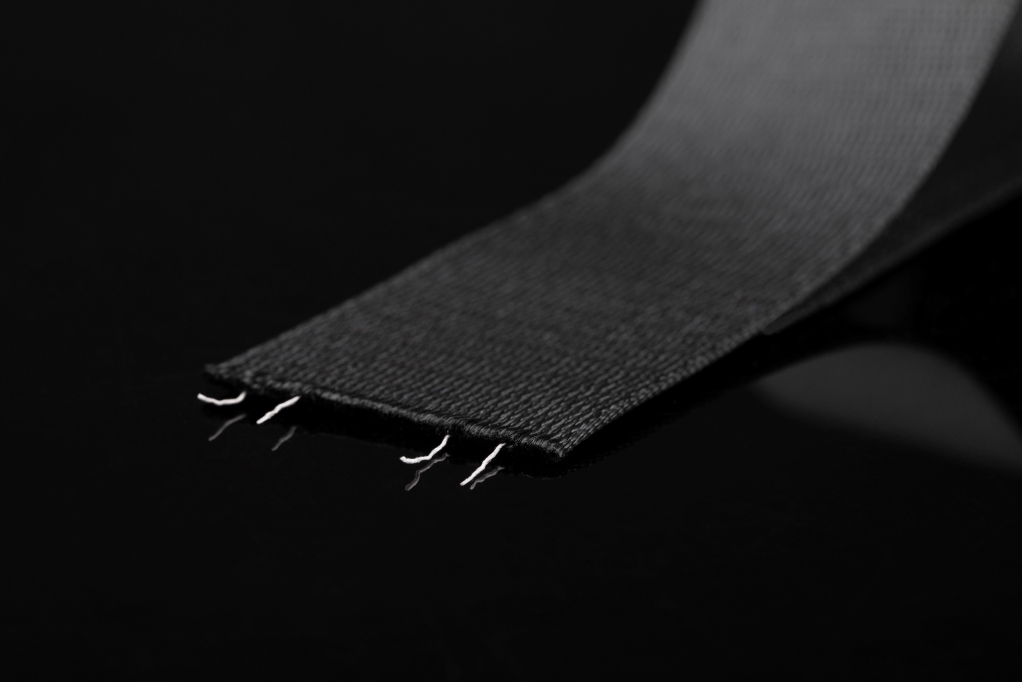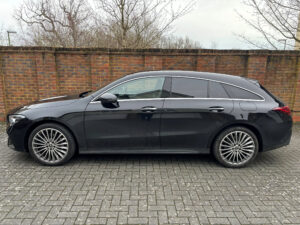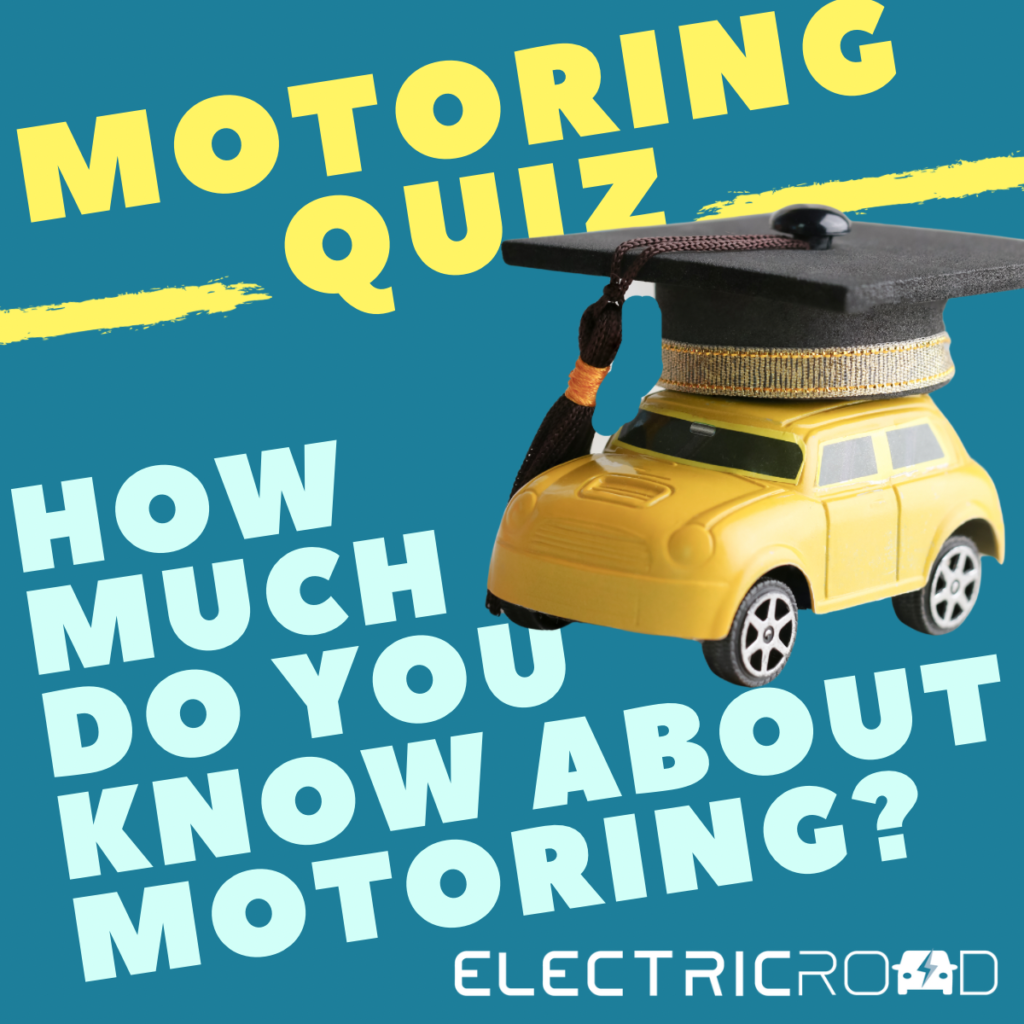ZF has developed a heated seat belt option for electric vehicles.
The ZF heat belt allows drivers to reduce the energy used to heat the vehicle, especially in combination with other contact heaters such as a seat heater.
During cold weather, the system may increase range by up to 15% by reducing the energy required to heat the interior of the vehicle.
Are you seriously considering your first or next EV? Then visit Electric Road’s CAR FINDER to get the right car for you!
The ZF heated seat belt is based on a special webbing with integrated heating conductors that minimally increase the thickness of the webbing. This makes integration easier for vehicle manufacturers and offers occupants the same comfort as normal seat belt webbing. The heated belt is designed to provide occupants with a uniform feeling of warmth close to the body.

With this integrated heating function, ZF’s new heated seat belt can provide close-to-body warmth immediately after the driver starts driving, typically between 36 and 40 degrees Celsius. In combination with heated seats, the heated seat belt has the potential to provide occupant comfort quickly.
In electric vehicles, the climate control system is powered by battery current, as there is no usable waste heat as with the combustion engine, reducing the amount of battery current used to heat the interior of the vehicle may enable a range gain of up to 15% using contact heaters and reducing the usage of conventional climate control systems.
Other advantages of ZF’s heated seat belt are decisive for its broad acceptance among drivers and passengers: it behaves like a conventional seat belt and its operation is also identical.
ZF used a special textile processing method for this innovation. The heating conductors are woven into the seat belt structure. The contact elements for the electrical heating circuits are positioned in such a way that they do not interfere with belt operation or retraction. Special belt retractors at other installation positions are not necessary. Since all relevant characteristics of the seat belt remain the same, there are not any added procedures or qualifications for the OEM. The heated seat belt is in no way inferior to its conventional counterparts in terms of occupant protection.
Occupant experience and safety potential are generally enhanced by reducing bulky clothing. This allows the belt to lie much closer to the body while continuing to restrain and protect the occupant in a crash.










